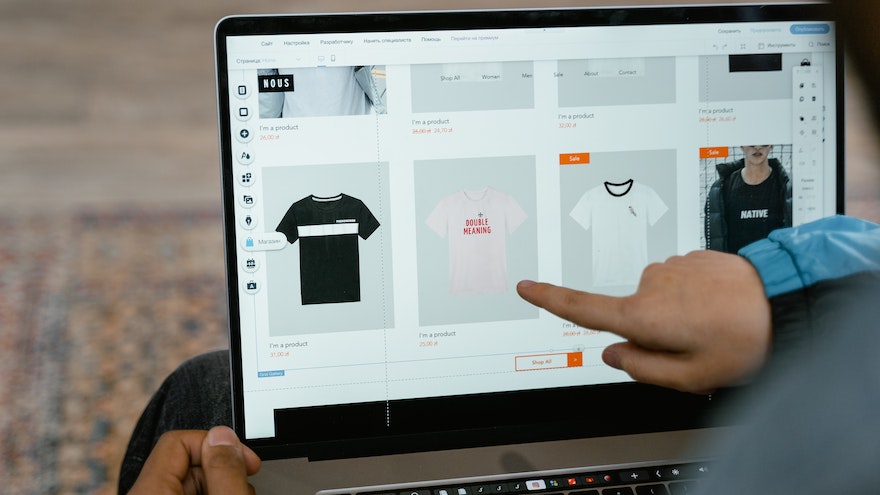Are you interested in starting an online business and selling physical products? Setting up an e-commerce store on a platform like Shopify or BigCommerce can be a great way to turn your passion into a profitable venture. Here are some steps to get you started:
1. Identify your Niche
Before you start building your store, it’s important to have a clear idea of what you want to sell. Consider what products you are passionate about and what demand exists in the market. Researching your competition and understanding the needs of your target audience can also help narrow down your focus and set you up for success.
2. Choose your Platform
There are a variety of e-commerce platforms to choose from, each with their own unique features and pricing plans. Shopify and BigCommerce are two popular options for small businesses, but there are also other options like WooCommerce (for WordPress users) and Magento. Consider your needs and budget when selecting the platform that’s right for you.
3. Set up your Store
Once you’ve chosen your platform, it’s time to start building your store. This involves setting up your payment gateway, adding products and descriptions, and customizing the design and layout of your store. Both Shopify and BigCommerce offer various templates and design tools to make this process easy, even for those with no coding experience.
4. Market your Store
Simply building your store is not enough – you also need to attract customers and drive sales. There are many ways to market your store, including search engine optimization (SEO), social media marketing, and email marketing. It’s important to have a marketing strategy in place and to consistently promote your products to reach your target audience.
5. Track your Success
Monitoring your store’s performance is crucial for identifying areas for improvement and adapting your business strategy. Both Shopify and BigCommerce offer various analytics and reporting tools to help you track your sales, traffic, and customer behavior. By regularly reviewing this data, you can make informed decisions to optimize your store and increase your profits.
6. Consider Additional Features and Tools
Depending on your business needs, you may want to consider adding additional features and tools to your store. This could include things like shipping and fulfillment options, customer loyalty programs, and abandoned cart recovery tools. Both Shopify and BigCommerce offer a range of app integrations to help you customize your store and streamline your operations.
7. Stay Up to Date on Industry Trends

Running an online store requires staying up to date on industry trends and changes. This could include new marketing tactics, changes in customer behavior, and updates to e-commerce platforms and tools. Keeping an eye on these trends can help you stay ahead of the game and continuously improve your store.
8. Seek out Support and Resources
Starting an online business can be overwhelming, especially if you’re doing it on your own. That’s why it’s important to seek out support and resources to help guide you through the process. There are a variety of online communities, forums, and training programs dedicated to e-commerce and entrepreneurship. Consider joining a group or program to connect with like-minded individuals and access valuable resources and support.
If you’re ready to get started with selling physical products online, join our free WiFi Entrepreneur training center and online community. Designed to help people get the knowledge, tools, and access they need to quickly succeed online, our program offers a range of resources and support to guide you through the process of building and growing your e-commerce business. Don’t let the fear of the unknown hold you back – take the first step towards turning your passion into a profitable venture today.


